Jesse Grimes: You've been educated at one of the first universities world-wide offer to service design coursework - Politecnico di Milano - and now you are leading the Transdisciplinary Design Graduate Program at Parsons School of Design in New York City and teaching service design. From your perspective within academia, what are some of the differences (and commonalities) between service design education in Europe and North America?
Lara Penin: My personal experience covers a few institutions in Europe, North and South America and academic relationships developed in many other countries. So my account is less of a regional comparative analysis of service design education and more of a reflection on its progress in the last 15 years.
When I was a PhD student in Politecnico di Milano back in the early 2000s, service design was emerging as new paradigm for thinking differently about design, but it wasn’t clear what were the industries and applications that could benefit from it the most. Literature was scarce, because pioneer practitioners were still working on the first de-facto demo projects for service design and there hadn’t been enough time to reflect on these projects, verify their impact and codify learnings into teaching resources. The first service design firms were emerging and some European funded multi-institution projects started gathering both academia and industry partners around issues such as food systems and other themes that were ripe for innovative approaches. Together, these players helped define a first wave of tools and approaches and started formulating the potential transformative capacity of service design. All very aspirational and experimental.
In the circles in which I participated there was a shared interest in services as a potential strategy to reduce the environmental impact of goods, with the concept of a product-service system emerging as a potential solution for businesses to change their production and consumption paradigm towards the shared use of goods. This is the context where I personally grew as a service designer.
Meanwhile in the U.S., the interaction design community was beginning to depart from a product-centric mode into a more holistic approach in terms of how people experience technology. In this scenario, the multi-stakeholder and systemic nature of service design was helpful in defining a more humanised experience for people when they interact with platforms, as well as what happens to the people behind those platforms. In this sense, the service design community in the U.S. overlaps in interesting ways with UX and HCI.
And in other parts of the world, notably Brazil and India, there has been a growing interest in understanding how service design could both learn from and contribute to social entrepreneurship and income generation practices in underserved communities as well as informal sharing and logistic practices.
This was the ever-evolving landscape of service design when I moved to New York and started teaching service design at Parsons ten years ago. In an attempt to capture all these parallel ongoing developments, I would self-produce readers for my students consisting of a mix of academic papers, toolkits from firms such as Engine and Livework, glossaries from European academic projects, and a nascent database of resources offered by the Service Design Network and the Interaction Design Association. Together with a few colleagues, I was fortunate to have the chance to pioneer service design teaching at Parsons, which was at the time starting a shift from a vocational art and design school into a school that recognises the emerging strategic role of design. And students were ready too. The artistic and experimental DNA of a school like Parsons, together with the social justice vision our university embraces, was fertile ground for an original approach to service design. Students are very creative in terms of research and participation, exploring different media to better capture rich stories and narratives of people and are also very critical in their own social agendas.
The context and perspective you’ve shared shows that we’ve come a long way in terms of service design education. Do you see any clear gaps or areas for improvement?
In talking to colleagues worldwide, I realise that we are today a robust and diversified community, with practitioners and academics producing and codifying not only new ways of doing, but most of all, demonstrating the value of service design in a range of applications. In particular, healthcare and public interest services have notably explored and incorporated service design into their spheres. In terms of methods, I think the basic service design toolkit has been pretty much diffused and absorbed everywhere. Take the winning projects from the SDN Awards in the last few years and you see a range of projects with clearly demonstrable results in these industries, and using very similar tools.
There are however aspects that remain notably underdeveloped. For example, the ethics and potential power imbalance of participatory processes in service design, and how design research may do harm if it does not follow ethical principles and empathic approaches; or the reductionism of some popular service design tools such as personas, that may bring forward biases or assumptions of designers leading to the distortion of reality to some degree.
In my book, I try to surface the issue of labour and power relations in service situations, and how understanding the consequences of, for example, designing greetings protocols, or how uniforms are in fact material embodiments of organisational identities, or how emotional labour is part of the service interaction, even if it is not reflected in paychecks earned from service jobs.
Another noteworthy knowledge gap is understanding how service design can help humanise technology. In a way, I think the gaps are related to a clearer positioning of service design as an inherent political practice, to which neither practitioners, researchers nor educators should shy away from.
We're seeing more and more business school students getting exposed to Design Thinking and being educated to see the value of design and customer experience. Similarly, many practicing service designers are taking it upon themselves to start talking the language of business, to better communicate the value of their work, and improve its chances of successfully landing in complex organisations. To what extent do your design school students understand - and even perhaps seek out - an education in the business aspects of service design? And what is your programme offering to prepare them for this increasingly necessary capability?
While the curriculum of our programme does not cover traditional business aspects, we do emphasise design-led research, multi-disciplinary collaboration and a systems-oriented approach that turn out to be highly valuable skills in industries dealing with complex problems. Some of our foundational literacies and practices include participatory methods, critical reframing and storytelling. We teach service design applied mostly to civic and social interest issues, and also embrace futures-oriented practices such as critical and speculative design. The managerial aspect of service design might have the counterproductive effect of increasing things like solutionism and incrementalism, so there’s the need to regain the freedom to invent and experiment.
We try to think of design as a mode of thought and action that crosses and connects different disciplines to address complex/wicked problems, exploring various modes of creative practice and creative action - a form of social inquiry through design. Our curriculum embraces a constant state of emergence that is needed to respond to an ever-evolving landscape of challenges and possibilities. In navigating complexity, we expect our students to develop the important muscles which will be needed in future positions and roles. I believe that these are highly sought-after capabilities for any industry interested in positive change.
I am also a member of the research laboratory Parsons DESIS (Design for Social Innovation and Sustainability) Lab that works at the intersection of strategic and service design, management and social theory. The lab promotes collaborative projects, academic events and comparative research programmes that help define and sustain our teaching, often involving partners outside the university.
In your newly-published book, An Introduction to Service Design: Designing the Invisible, you include within each chapter of Part II (the ‘process’-focussed section of the book) a case study and a practitioner interview. This seems like a great approach to me, because it brings real world context to the underlying theory. Looking back on how you created the book, and also how you teach your students, I was wondering if you could briefly describe just what elements your ideal service design education would consist of, for someone entirely new to the field?
In my own teaching I try to create learning experiences that are essentially formatted as project-based studios interspersed with a few seminar-like moments during which students review critical theory and historical background. For example, if students are approaching services related to incarceration, they should make time to read Foucault, or if they are going to re-imagine services to improve the financial inclusion of immigrants, they should be sure to review the recent history of relevant immigration policies. Similarly, as they start to develop insights and explore new ideas, they should go and see what other practitioners have already done, so we also ask students to review case studies from practice that can inform their design repertoire. The Touchpoint journal and the SDN Awards are great resources in this context. That’s also what I tried to bring in my book, with the rich stories from practitioners I interviewed, I tried to derive generalisable learnings out of their unique experiences, so that novice practitioners can start from a higher ground. There is nothing more rewarding than seeing the growth of students into meaningful careers and lives.



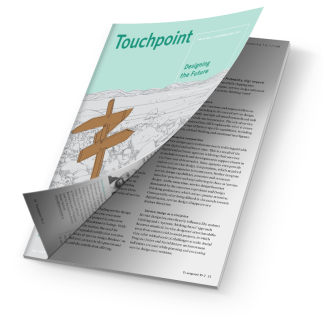
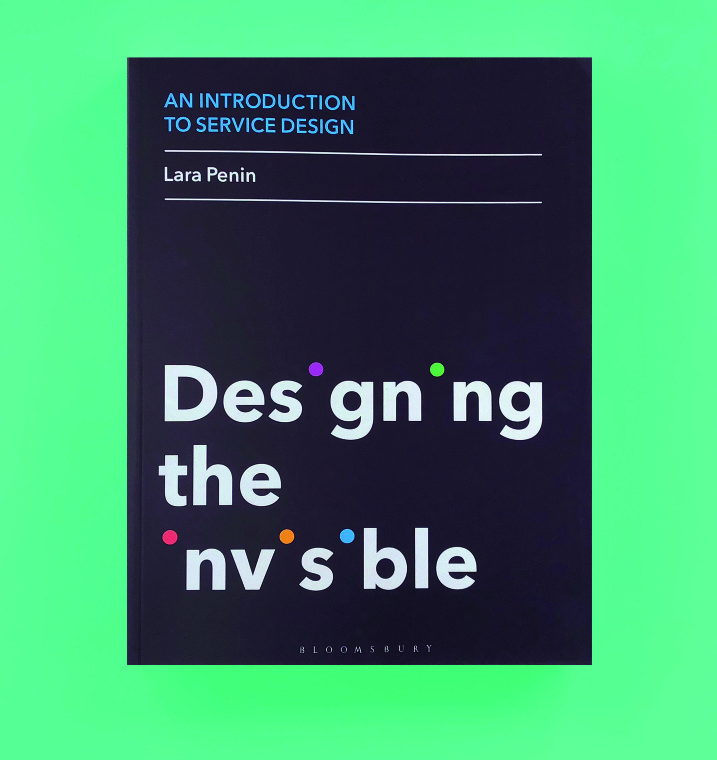



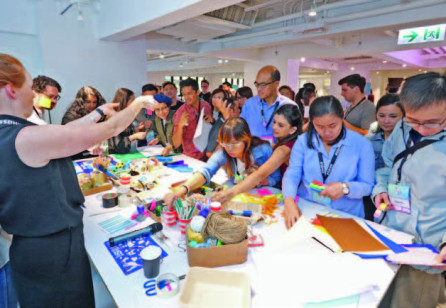
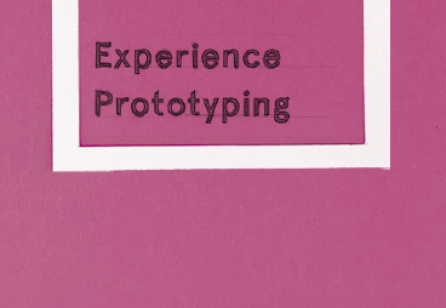
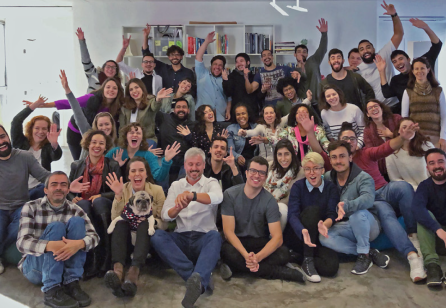

Share your thoughts
0 RepliesPlease login to comment